Târgu Mureș, Romania: Most research focuses on high-cost intra-oral scanners, but there is insufficient evaluation of cheaper alternatives to inform their successful clinical application. A new study has evaluated the accuracy of digital models generated using lesser-known intra-oral scanners and with a laboratory scanner. It found that the scanning path recommended by the manufacturers might not provide the most accurate results, self-calibration systems may further reduce accuracy and the number of prepared teeth and their position can influence accuracy.
The study, conducted by researchers at the George Emil Palade University of Medicine, Pharmacy, Science, and Technology and by private clinicians in Romania, involved scanning maxillary and mandibular arches on an articulated simulator cast before and after tooth preparation using the NeWay laboratory scanner (OPEN TECH 3D) and the Virtuo Vivo (Straumann) and Evo I.O. Scan (FUSSEN) intra-oral scanners. 3D measurements were performed using ZEISS INSPECT software in both the sagittal and transversal planes, comparing digital model data against reference values obtained through manual measurements. The accuracy was analysed based on discrepancies observed across the different scanners and preparation conditions.
Scanning protocols could be universalised
Scans generally showed increasing discrepancies the further they were from the scan’s starting point. Distortions were more prominent for models with multiple tooth preparations, particularly for the mandibular models. The results for non-prepared models revealed fewer discrepancies compared with prepared models, suggesting that tooth preparation may affect the precision of digital impressions. For all mandibular models, the least variation in measurements was noted in the distance between the central fossa of tooth #47 and tooth #37, particularly for non-prepared models scanned with intra-oral scanners.
The researchers suggested that the accuracy issues observed were linked to the scanning protocol and scanner calibration. Scanning paths followed the manufacturers’ recommendations, but these paths are not universally supported by scientific research. The discrepancies indicate that different scanning directions may be needed to enhance accuracy. Even self-calibrating scanners may require manual calibration to ensure optimal functioning, as poor calibration can lead to distorted scans.
Room for improvement
Full-arch scans are generally less accurate than segmental scans, especially in the posterior regions. However, the data gathered during the study showed the opposite, with the lowest values actually measured in the transversal plane in the posterior regions. . This suggests a need for more sophisticated scanning protocols or enhanced scanner designs to improve consistency across the full arch.
The laboratory scanner generally outperformed the intra-oral scanners in terms of accuracy, in agreement with previous research findings. Laboratory scanners are less susceptible to distortions caused by indirect digitisation steps and variations in impression materials. However, the intra-oral scanners demonstrated accuracy within an acceptable range, particularly in limited edentulous areas or shorter prosthetic spans. The values for the transversal measurements in the maxilla were more consistent for the non-prepared models, whereas the prepared models showed increased deviations.
Environmental factors, such as lighting conditions during scanning, also play a role in scanner accuracy. Previous studies suggest that optimal lighting conditions for intra-oral scanning are achieved in dimmer environments, as bright lights can interfere with the scanning process. In this research, the scans were conducted under controlled in vitro conditions. Because this may differ from actual clinical environments, the results’ applicability to dental practice may be limited.
Clinical implications
In clinical practice, these findings have implications for choosing intra-oral scanners for different restorative procedures. While laboratory scanners may still be preferred for more complex restorations requiring high precision, intra-oral scanners can offer sufficient accuracy for shorter spans or single restorations. The study underscores the importance of frequent scanner maintenance and calibration to avoid inaccuracies during scans. Additionally, the results suggest that manufacturers should provide evidence-based guidance on optimal scanning techniques to improve outcomes in digital dentistry.
The limitations of this study include a small sample size of scanners, the controlled in vitro conditions that do not perfectly replicate the oral environment and the reliance on manual measurements as reference values, which may introduce human error. Further research is needed to validate these findings in clinical settings, explore alternative scanning protocols and investigate a wider variety of scanners, including those with more advanced functionalities.
The study, titled “An evaluation of the accuracy of digital models—an in vitro study”, was published online on 29 September 2024 in Dentistry Journal.
Tags:
BARONISSI, Italy: The 2018 European Workshop on Periodontology on bone regeneration identified the manufacturing of customised biomaterials from 3D patient ...
Change is in the air. In June, Dental Tribune International reported that Dentsply Sirona and Siemens Healthineers had unveiled plans for a dental dedicated...
BENSHEIM, Germany: Dentsply Sirona has launched Primescan 2, a next-generation intra-oral scanner that introduces a new era of digital patient care, ...
Visual tools such as intra-oral scanning and photography have transformed the way clinicians communicate with their patients, making complex dental ...
A new review article by US researchers explores the inequities and biases in oral healthcare and highlights the potential of artificial intelligence (AI) in...
Live webinar
Wed. 14 January 2026
12:00 pm EST (New York)
Dr. Théo Laplane, Dr. Robert Gottlander DDS
Live webinar
Fri. 16 January 2026
12:00 pm EST (New York)
Live webinar
Mon. 19 January 2026
1:00 pm EST (New York)
Philipp Kopp, Michael Seeber
Live webinar
Thu. 22 January 2026
9:00 am EST (New York)
Prof. Judith Jones D.D.S; M.P.H., Prof. Kakuhiro Fukai D.D.S., Ph.D, Dr. Bathsheba (Bethy) Turton
Live webinar
Thu. 22 January 2026
2:00 pm EST (New York)
Dr. Nicola M. Grande DDS, PhD
Live webinar
Wed. 28 January 2026
8:00 am EST (New York)
Live webinar
Wed. 28 January 2026
11:00 am EST (New York)
Prof. Dr. Jan-Frederik Güth



 Austria / Österreich
Austria / Österreich
 Bosnia and Herzegovina / Босна и Херцеговина
Bosnia and Herzegovina / Босна и Херцеговина
 Bulgaria / България
Bulgaria / България
 Croatia / Hrvatska
Croatia / Hrvatska
 Czech Republic & Slovakia / Česká republika & Slovensko
Czech Republic & Slovakia / Česká republika & Slovensko
 France / France
France / France
 Germany / Deutschland
Germany / Deutschland
 Greece / ΕΛΛΑΔΑ
Greece / ΕΛΛΑΔΑ
 Hungary / Hungary
Hungary / Hungary
 Italy / Italia
Italy / Italia
 Netherlands / Nederland
Netherlands / Nederland
 Nordic / Nordic
Nordic / Nordic
 Poland / Polska
Poland / Polska
 Portugal / Portugal
Portugal / Portugal
 Romania & Moldova / România & Moldova
Romania & Moldova / România & Moldova
 Slovenia / Slovenija
Slovenia / Slovenija
 Serbia & Montenegro / Србија и Црна Гора
Serbia & Montenegro / Србија и Црна Гора
 Spain / España
Spain / España
 Switzerland / Schweiz
Switzerland / Schweiz
 Turkey / Türkiye
Turkey / Türkiye
 UK & Ireland / UK & Ireland
UK & Ireland / UK & Ireland
 Brazil / Brasil
Brazil / Brasil
 Canada / Canada
Canada / Canada
 Latin America / Latinoamérica
Latin America / Latinoamérica
 USA / USA
USA / USA
 China / 中国
China / 中国
 India / भारत गणराज्य
India / भारत गणराज्य
 Pakistan / Pākistān
Pakistan / Pākistān
 Vietnam / Việt Nam
Vietnam / Việt Nam
 ASEAN / ASEAN
ASEAN / ASEAN
 Israel / מְדִינַת יִשְׂרָאֵל
Israel / מְדִינַת יִשְׂרָאֵל
 Algeria, Morocco & Tunisia / الجزائر والمغرب وتونس
Algeria, Morocco & Tunisia / الجزائر والمغرب وتونس
 Middle East / Middle East
Middle East / Middle East
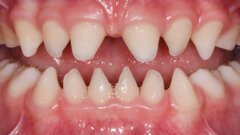
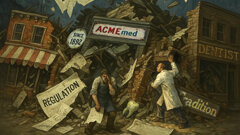


























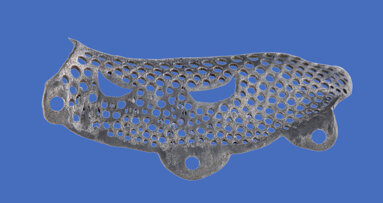

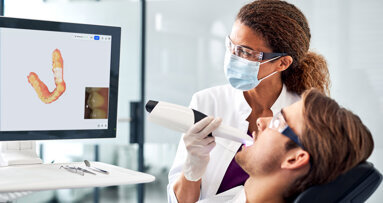
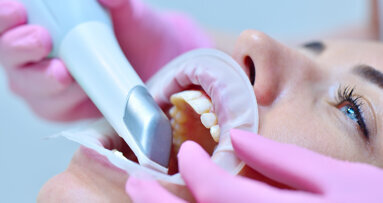
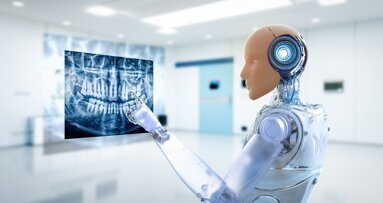










To post a reply please login or register